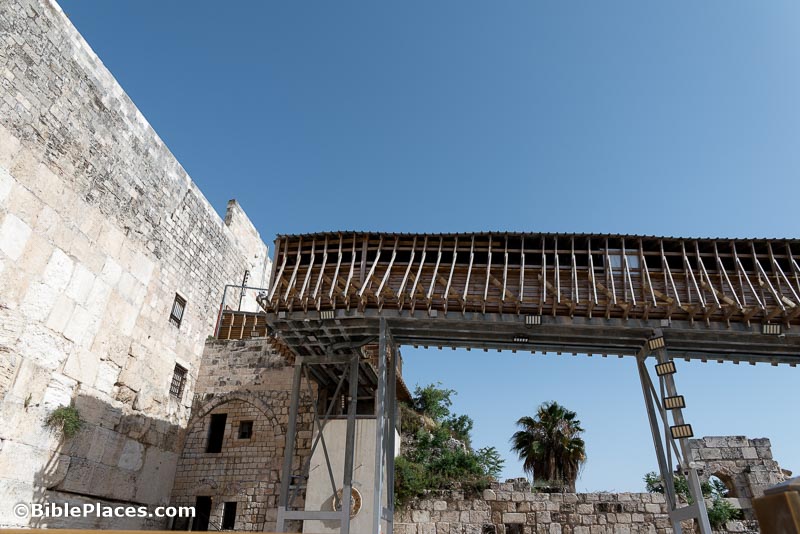Bryan Windle’s report on “three things in Shiloh Samuel likely saw” includes discussion and photos of recent discoveries, including a building they think may be the tabernacle.
“Archaeologists working on a 2,000-year-old Roman cemetery discovered in Gaza last year have found at least 125 tombs, most with skeletons still largely intact, and two rare lead sarcophaguses.”
“A sword that was discovered by a diver off the coast of northern Israel in 2021 was likely lost overboard during a fierce naval battle between Crusaders and Muslim residents of coastal cities some 800 years ago.”
David Moster gives a video walkthrough of a beautiful 3D model of Herod’s Temple and Temple Mount.
The latest video from Expedition Bible looks at Jesus’s tomb, showing how strong the evidence is for the authenticity of the Church of the Holy Sepulcher.
Scott Stripling talks about the New Testament excavations at Khirbet el-Maqatir on a recent episode of Digging for Truth.
A volunteer at the Abel Beth Maacah excavations describes what a typical day on the dig is like.
Hybrid lecture on August 10: “Excavations at Khirbet Summeily, 2011-2023: A Preliminary Report,” by Jeff Blakely
Carl Rasmussen shares some older photos of an Intermediate Bronze cemetery discovered at Dhahr Mirzbaneh (Ain Samiya).
Abigail Leavitt shares photos of tombs in Jerusalem she recently visited.
Ferrell Jenkins shares photos of vineyards at Lachish then and now.
HT: Agade, Arne Halbakken, Alexander Schick, Explorator
This is the “Holy Sepulcher ladder” of the Jewish Quarter. This temporary pedestrian bridge floating over the Western Wall plaza is nearly 20 years old now.



